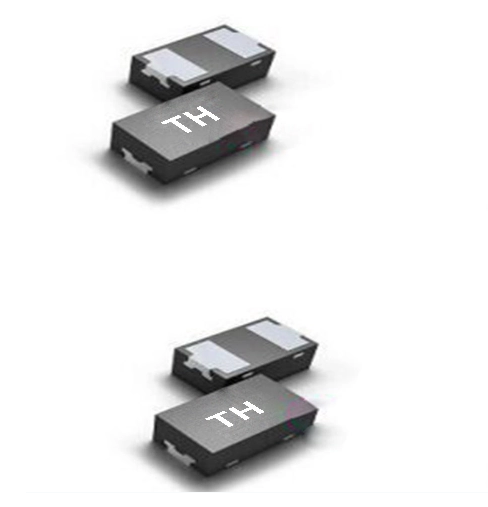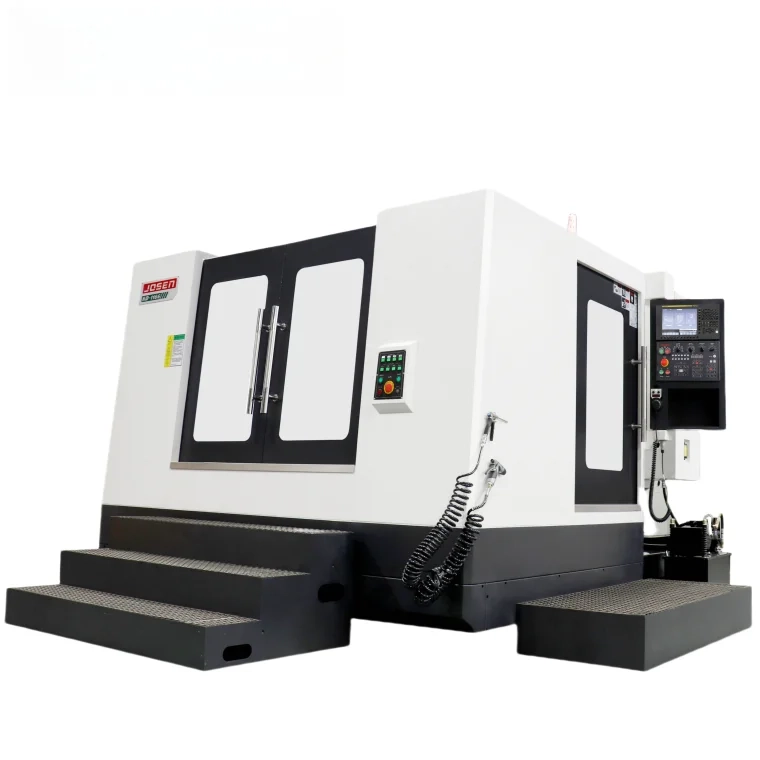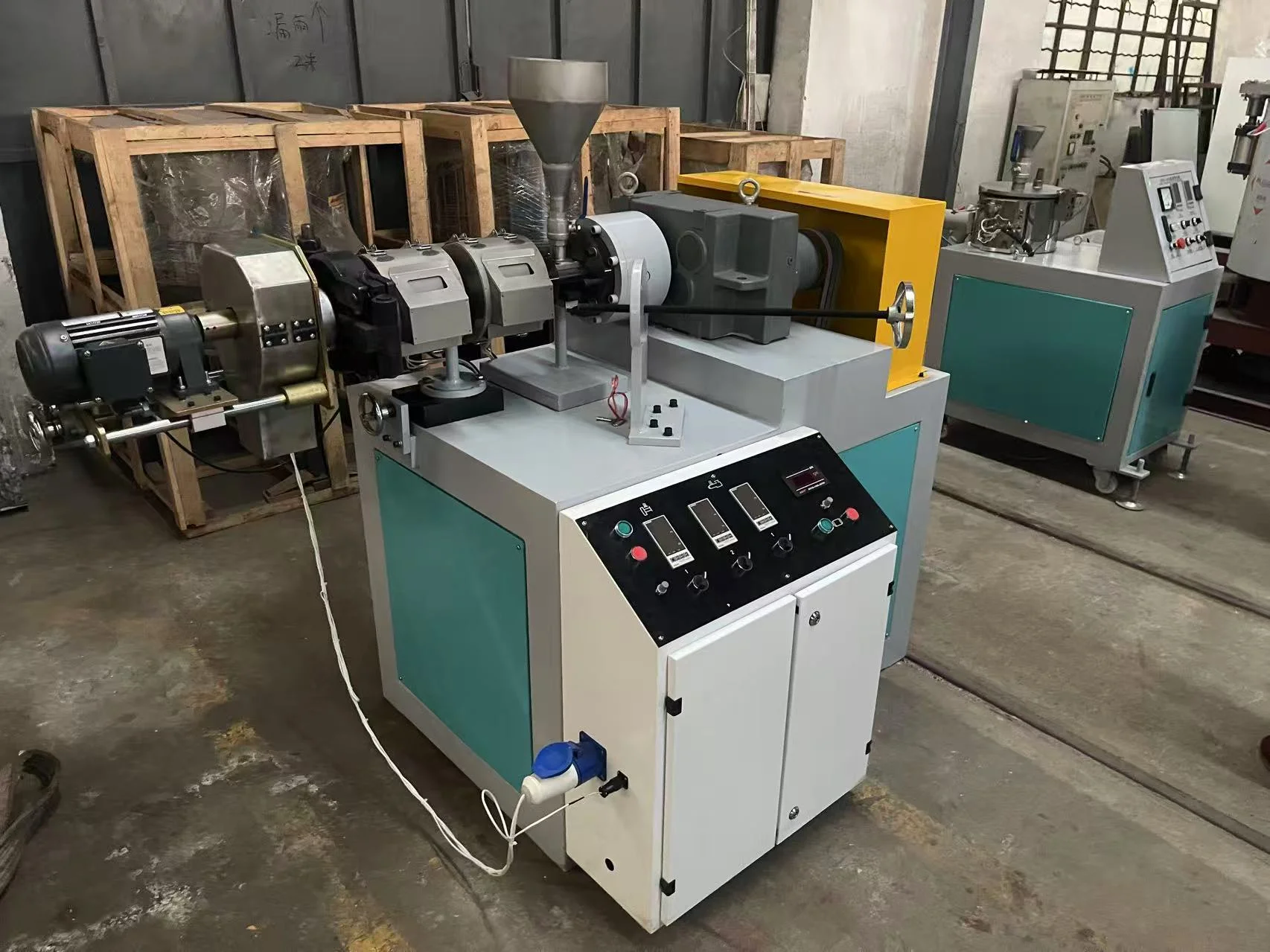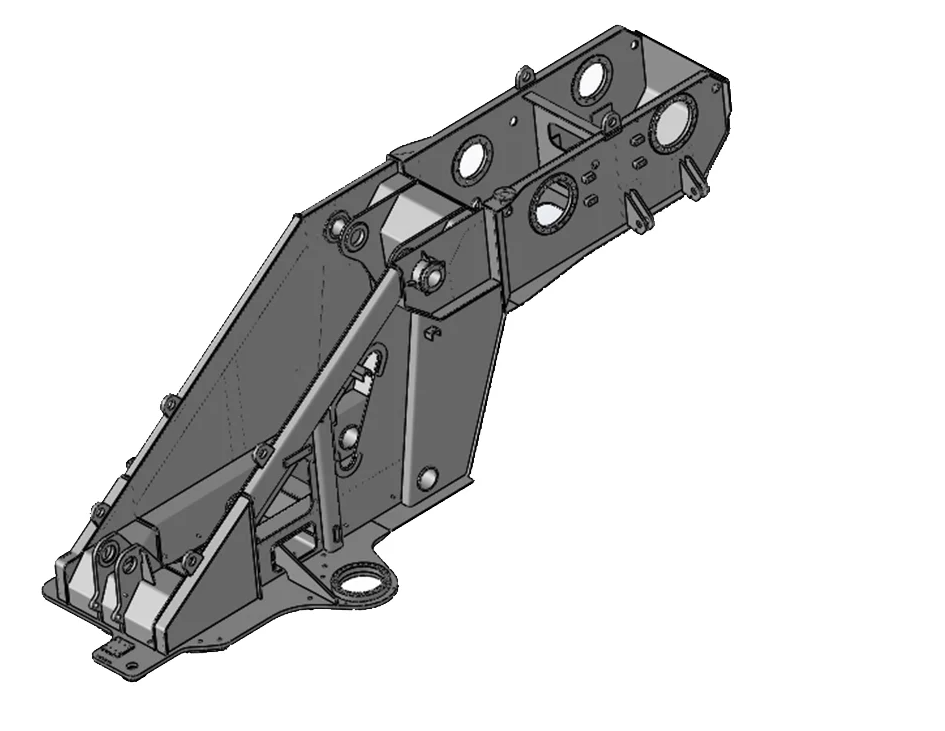Why Power Conducting Arms Are Critical for Modern Power Transmission
In fast-evolving energy landscape, the demand for efficient, stable, and high-capacity power transmission systems has never been greater. From renewable energy grids to advanced manufacturing lines, every sector relies on high-performance components to keep electricity flowing without loss, interruption, or safety hazards.
One component that often operates quietly in the background—but plays a decisive role—is the power conducting arm.
Timonic, a company committed to developing and manufacturing advanced production equipment for new energy lithium battery materials, understands that the success of modern energy systems depends not only on battery innovation but also on the seamless transmission of power within industrial processes. Power conducting arms are one of the unsung heroes enabling this efficiency.
1. What Is a Power Conducting Arm?
A power conducting arm is a specialized mechanical and electrical component designed to transmit electricity reliably from a fixed power source to a moving or rotating part of a system. It ensures continuous energy delivery while accommodating the motion of machinery, robotic arms, or automated production lines.
You’ll often find them in:
Automated production equipment
Battery material processing systems
Overhead power distribution setups
Rail and electric transit systems
Heavy industrial machinery

2. Why Are They Critical in Modern Power Transmission?
A. Ensuring Continuous Electrical Flow
Modern industries can’t afford downtime. Power conducting arms eliminate interruptions by providing a flexible yet secure electrical path, even when machinery is in motion.
B. Reducing Energy Loss
High-quality conducting arms use optimized materials and precision engineering to minimize resistance and heat loss—critical for energy efficiency and cost savings.
C. Enhancing Safety
In high-voltage or high-current environments, proper insulation and robust construction prevent accidents, short circuits, and overheating.
D. Supporting Automation
As manufacturing becomes more automated, equipment needs to operate at varying angles, speeds, and positions. Conducting arms bridge the gap between fixed infrastructure and moving parts, enabling smooth operations.
3. Applications in New Energy Lithium Battery Production
For companies like Timonic, which specialize in equipment for producing lithium battery materials, power conducting arms are essential in several stages:
Material Mixing Systems – Supplying consistent power to mixing machinery without interrupting batch processing.
Coating Lines – Powering continuous coating and drying machines with precise motion.
Roll-to-Roll Systems – Enabling unbroken electrical transmission in moving film and foil processing.
Automated Packaging – Powering robotic arms for battery module assembly.
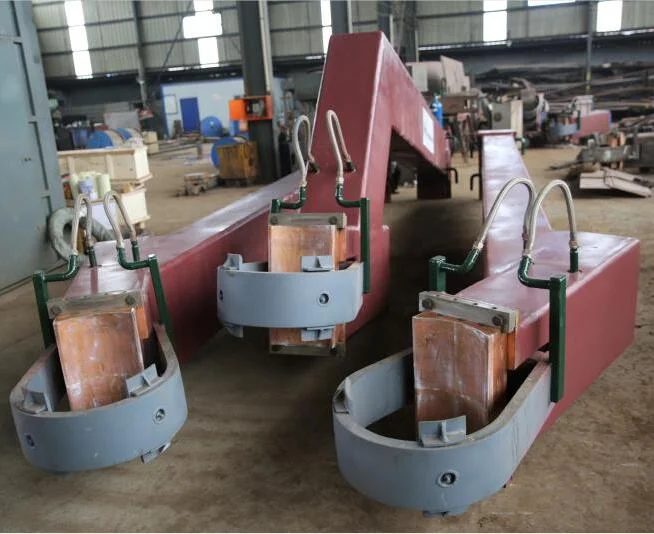
4. Key Features of a High-Quality Power Conducting Arm
When selecting or designing a power conducting arm for modern power transmission, critical factors include:
Conductive Material Quality – Copper alloys or other high-conductivity metals for optimal current flow.
Flexibility & Durability – Ability to withstand thousands of motion cycles without wear.
Thermal Management – Preventing overheating during high-load operations.
Corrosion Resistance – Especially in environments with moisture or chemical exposure.
Compact Design – To fit into increasingly dense industrial layouts.
5. The Timonic Advantage
Timonic doesn’t just manufacture production equipment—it integrates electrical transmission solutions that enhance overall system performance. By combining mechanical design expertise with electrical engineering know-how, Timonic ensures that every power conducting arm used in its lithium battery production lines delivers:
High reliability under continuous operation
Energy efficiency through reduced losses
Safety compliance with international standards
Customization to fit unique production requirements
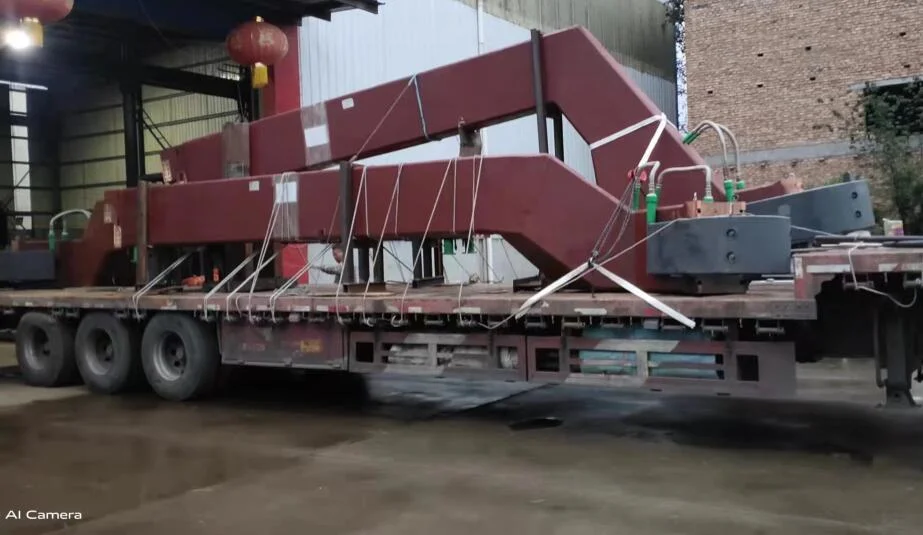
Final Thoughts
While lithium batteries often steal the spotlight in the new energy conversation, it’s components like power conducting arms that ensure the entire production ecosystem runs flawlessly. As energy systems grow smarter, faster, and more interconnected, these arms will remain critical to powering the future—quietly doing the heavy lifting in the background.
And with companies like Timonic driving innovation, we can expect the next generation of power conducting arms to be even more efficient, durable, and adaptable to the needs of tomorrow’s industries.
Understanding Power Conducting Arms: Functions, Applications, and Benefits
www.timonic.com.cn
Timonic

